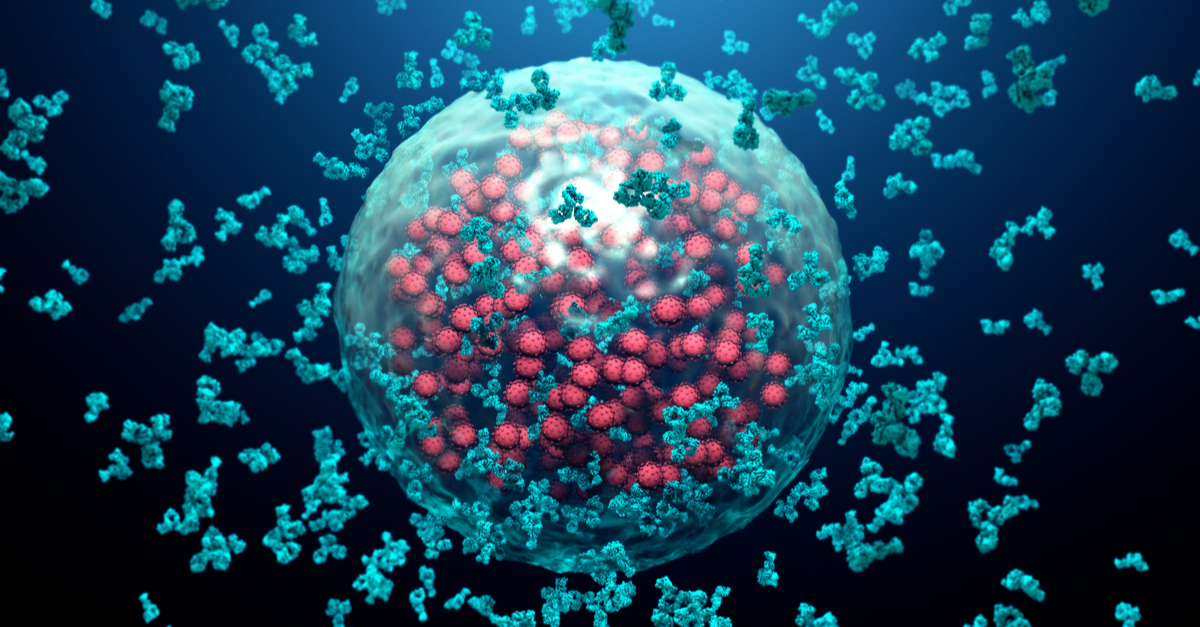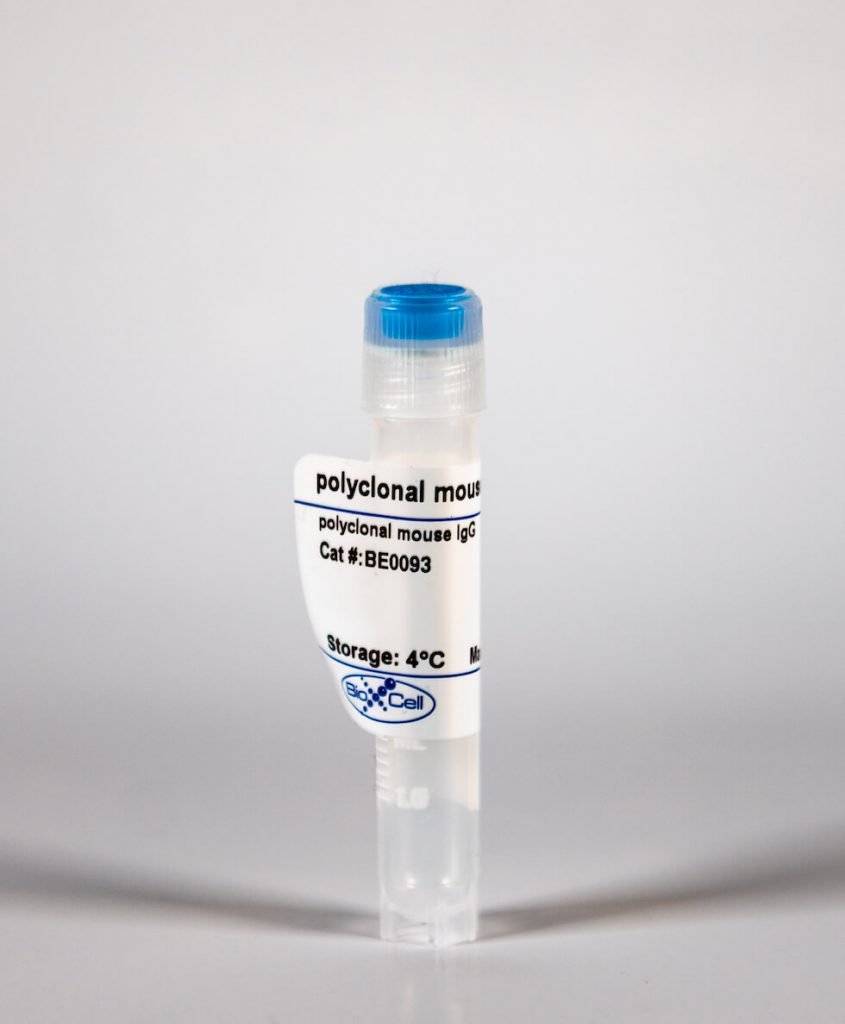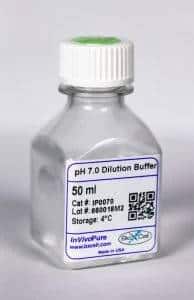MAb anti-human MUC1 (CD227) Clone C595 (NCRC48)
InVivoMAb anti-human MUC1 (CD227) Clone C595 (NCRC48)
The C595 (also known as NCRC48) monoclonal antibody reacts with human mucin 1 (MUC1), a 500-1000 kDa transmembrane glycoprotein with a large mucin-like extracellular domain. The epitope of C595 is the tetrameric motif (RPAP) within the protein core of MUC1. MUC1 is highly polymorphic and is expressed on most mucosal epithelial cells, including mammary gland and some hematopoietic cells. MUC1 is heavily glycosylated and plays a crucial role in the lubrication and protection of normal epithelial cells. MUC1 is abnormally expressed in a wide variety of malignancies, including colon, breast, ovarian, lung and pancreatic cancers. MUC1 promotes cancer cell growth and metastases through multiple mechanisms. The C595 antibody has been shown to suppress ovarian tumor xenograft growth in mice.
This Antibody Is Useful For:
in vivo administration in mouse xenograft models
Immunohistochemistry (paraffin)
Immunofluorescence
in vitro cell cytotoxicity assay
Western blot
Flow cytometry
Immunohistochemistry (paraffin)
Immunohistochemistry (frozen)
ALWAYS specifically formulated for in vivo use and feature:
95% purity
Ultra-low endotoxin levels
Preservative, stabilizer, and carrier protein-free
Recommended Control and Buffer:
InVivoMAb polyclonal mouse IgG
The LTF-2 monoclonal antibody reacts with keyhole limpet hemocyanin (KLH). Because KLH is not expressed by mammals this antibody is ideal for use as an isotype-matched control for rat IgG2b antibodies in most in vivo and in vitro applications.
InVivoPure pH 7.0 Dilution Buffer
InVivoPure™ dilution buffers are specifically formulated and tested to satisfy the stringent requirements for in vivo applications. They are extremely low in endotoxin, have been screened for murine pathogens, tested in animal models for toxicity and are formulated with respect to buffer composition and pH to satisfy the requirements of Bio X Cell’s antibodies.



